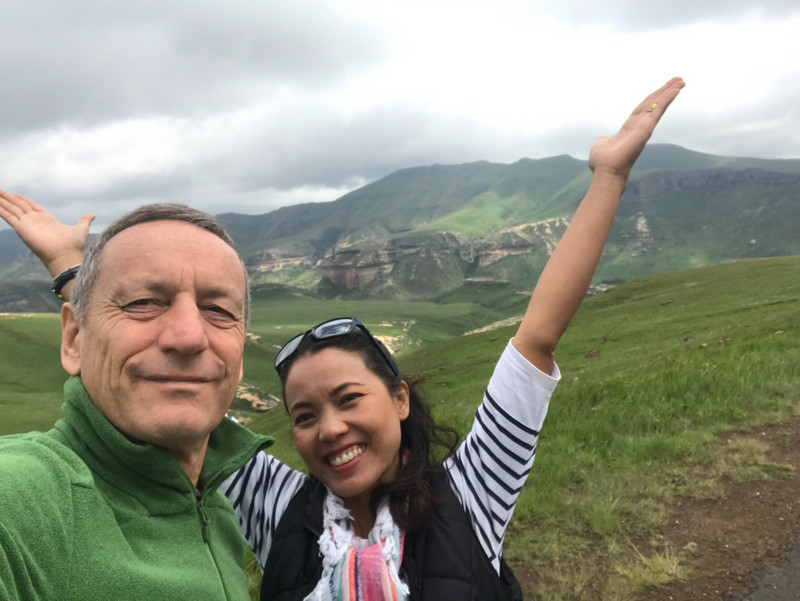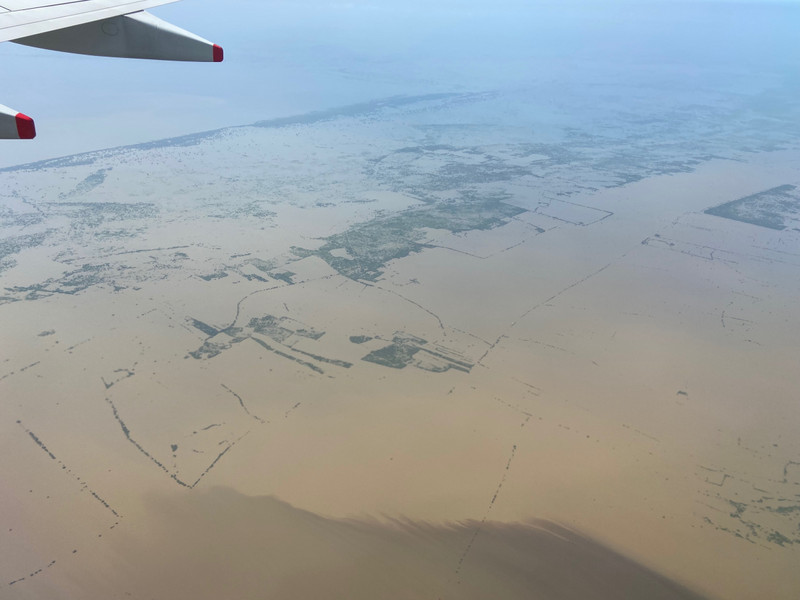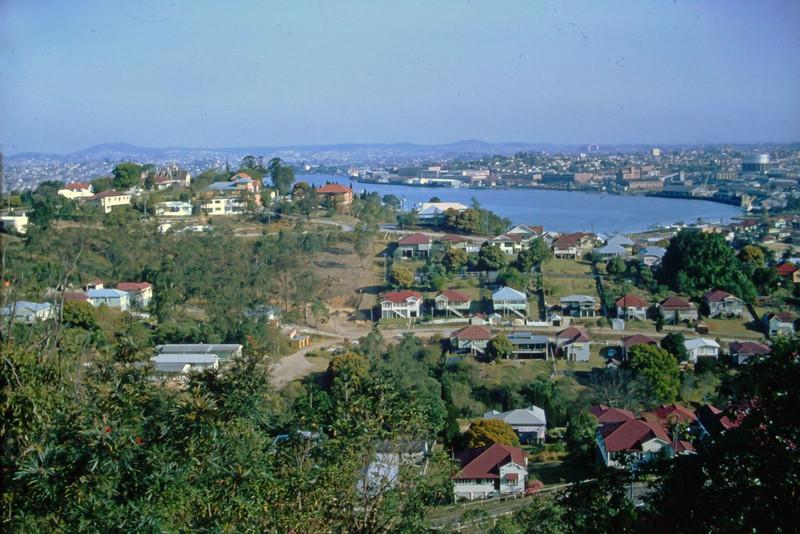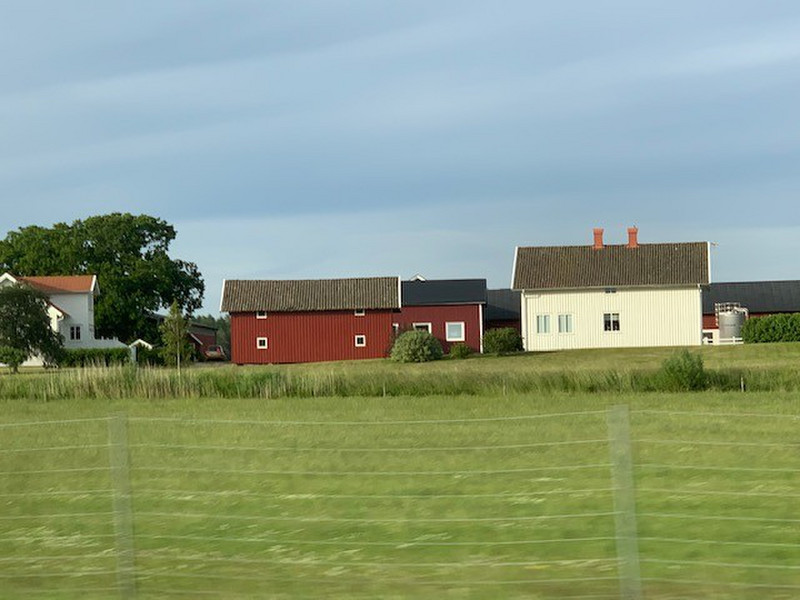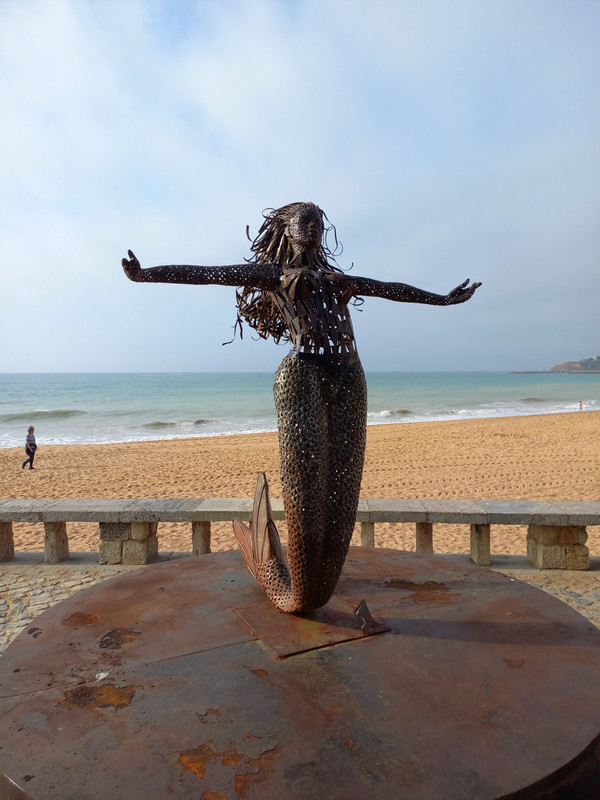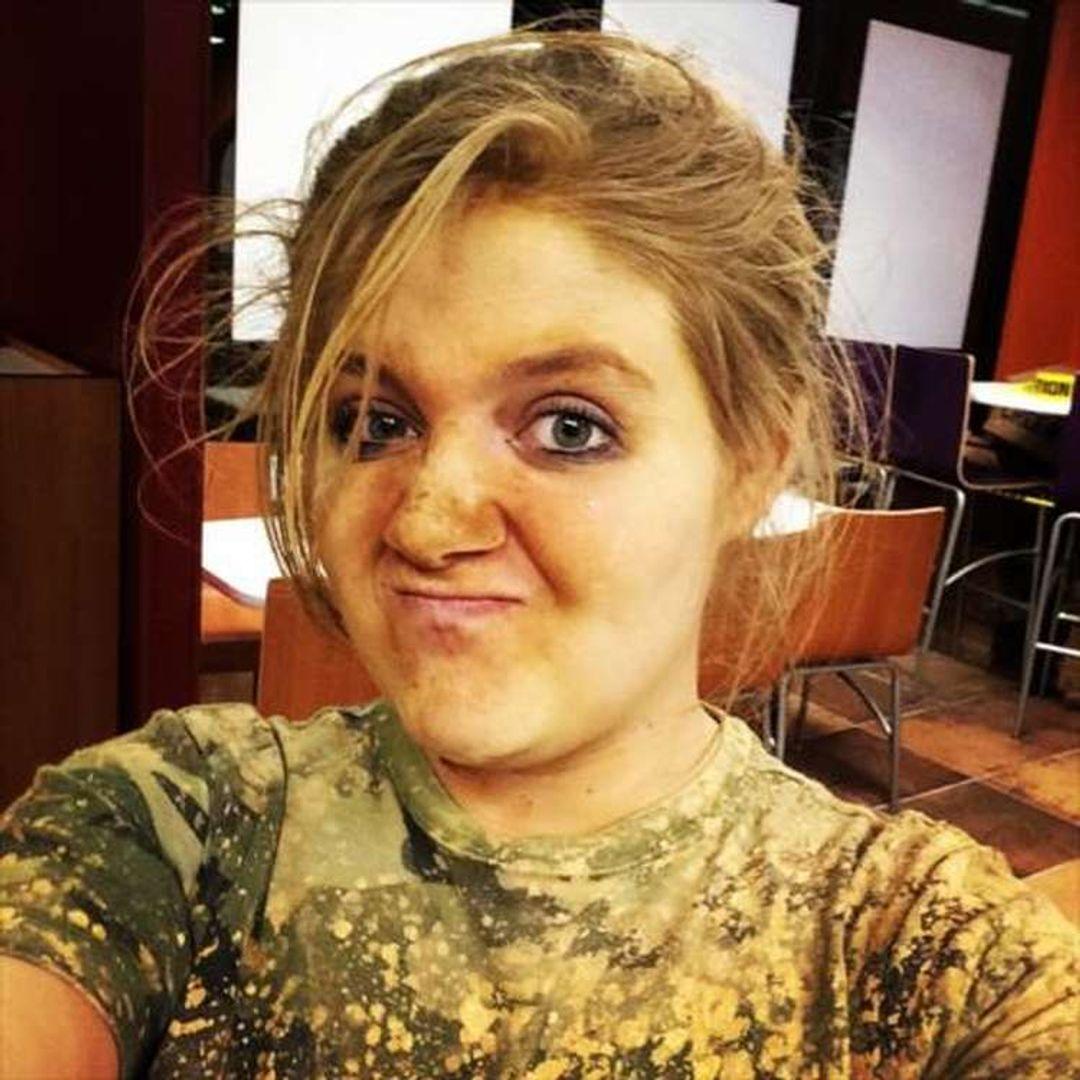Todays drive is unbelievable scenic. We had to cross the Golden Gate National Park again, which we did not mind. You never get tired observing these majestic rock formations and the colored rock faces shining in the sun. We followed the Drakensberg mountain range in its southernly direction, passing the Sterkfontein Dam, Bergville and Winterton. The road was unfortunately a bit far inland away from the actual Drakensberg mountains. So we only could observe from a distance the beautifully shaped peaks and drops.
The Afrikaans name from the name the earliest Dutch settlers gave to the escarpment, translated it means Dragons Mountains. To the Zulu it is known as uKhahlamba and to the Sotho as Maluti, translated from both languages as Barrier of spears, reference to the steep rocky cliffs. Zulus and Sotho are the tribes living around the mountain chain, who were never at friendly terms. Mfecane, also known by the Sotho as Difaqane (Crushing), was a period of widespread chaos and warfare among indigenous in southern Africa during the period between 1815 and about 1840. It was started by the Zulu king Shaka and brought widespread poverty and famine to The
Zulus are a tribe of warriors and conquerors. King Shaka, under who the empire had its heydays in the first half of the 19th century, perfected a militarised system known as Impi, featuring conscription, a standing army, new weaponry, regimentation, and encirclement battle tactics in the form of a bull horn. Painfully experienced by the British at the battle of Isandlwana, as we have described in an earlier blog.
A source of confusion for us was initially the terminology of the word Sotho. The Sotho people in the Drakensberg region are called Basotho, they speak Sesotho and live today in an independent kingdom called Lesotho. Other Sotho people, who are historically part of the large Bantu ethnic group can be found also in Northern South Africa, Namibia, Botswana or Zimbabwe.
We stopped for lunch in the Pig and Plough, an old farm house converted to a charming restaurant in the farming town of Winterton. The road on our way was filled with potholes (typical for many tarred African roads), who became our good friends by now. Avoiding them is advisable however not always possible. Driving through them you always wonder when will it be that I will have
to remove all the luggage from the trunk to get to my spare wheel, as I will need to change my ruined tire. Further following the scenic Nottingham Road we stopped in a small village at the Bierfassel. This traditional, rustic Austrian pub offers hearty meals and breads, plus craft beers. A popular stop for bikers and drivers like us. After a refreshing beer we were ready for the 60km dirt road which separated us from our destination Underberg. We deliberately skipped the famous tourist place called the Nelson Mandel Capture Site (place where he was arrested by the South African Police before being sentenced to his Robben Island imprisonment). Too much Nelson Mandela everywhere, so we preferred the adventure of the dirt road. Dirt road driving is great fun, a little bit as driving on snow. If you are too fast you can start skidding and losing control of the vehicle father quickly. We arrived with no incidences safely towards the end of the afternoon in our an estate called Malachite Manor, app. 5km outside the town of Underberg.
in South Africa. It shows on the one hand that he is from Huguenots ancestry, but more importantly it begs the question, if he is related to the captain of the South African National Rugby team, who won the world championships in the Ellis Park Stadium in Johannesburg on 24 June 1995 against the New Zealands All Blacks. A massive achievement at the time, in a massive time of transformation for the country who was in the midst of dismantling the Apartheid system. Malcom was not related to him! He prepared for us a wonderful dinner and as a sommelier he also suggested the right wines, South African of course.
